Very few people will dispute the fact that the Philippines is a beautiful country. In addition to having some of the most beautiful beaches in the world, we have a plethora of iconic landmarks, landscapes, and buildings across the archipelago.
But these travel destinations are often misrepresented in our public consciousness. We tend to focus on the details at the expense of the context.
To see just what we mean, we compiled photos of famous Philippine attractions and compared them to photos of the same sights but are shot on a wider frame. The contrast, as you’ll soon see, is often startling.
1. Mayon Volcano
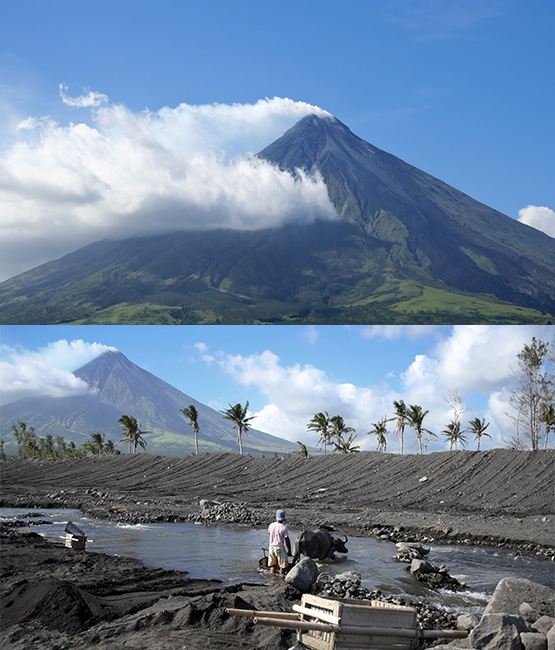
2. Philippine Post Office
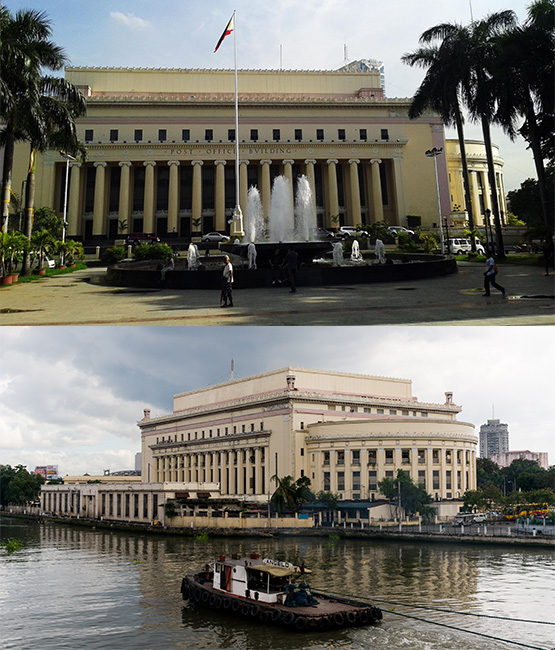
3. Mount Taal
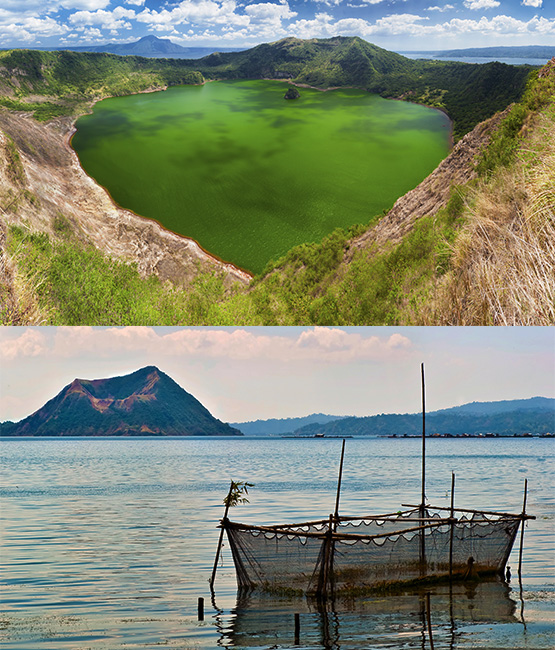
4. El Nido

5. Quiapo Church
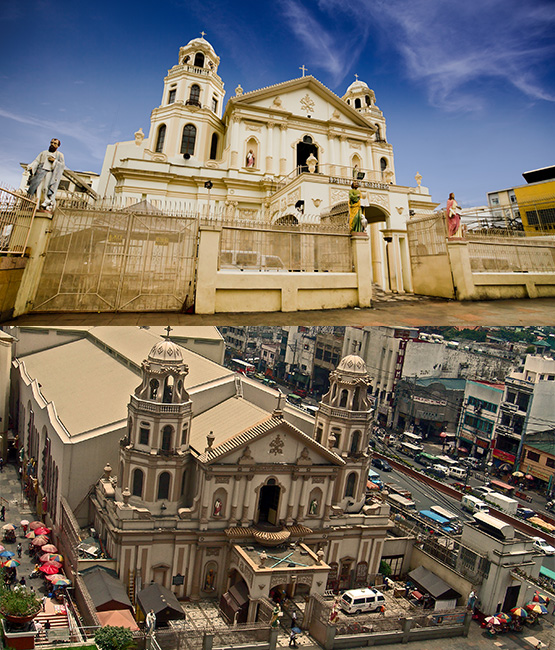
6. Banaue Rice Terraces
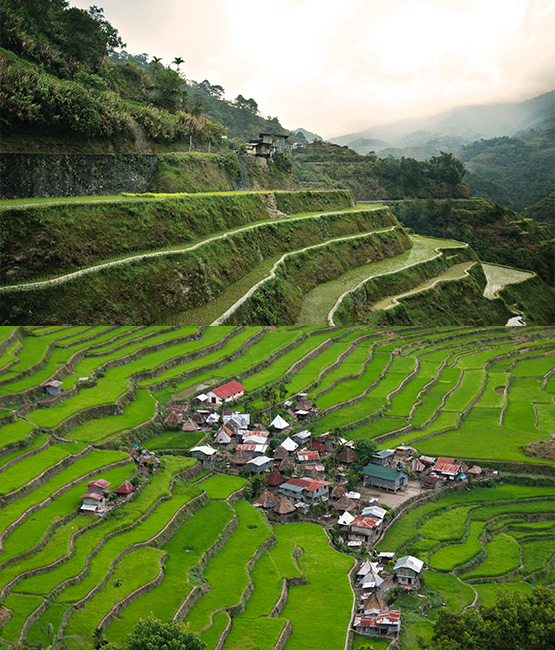
7. Kapurpurawan Rock Formation
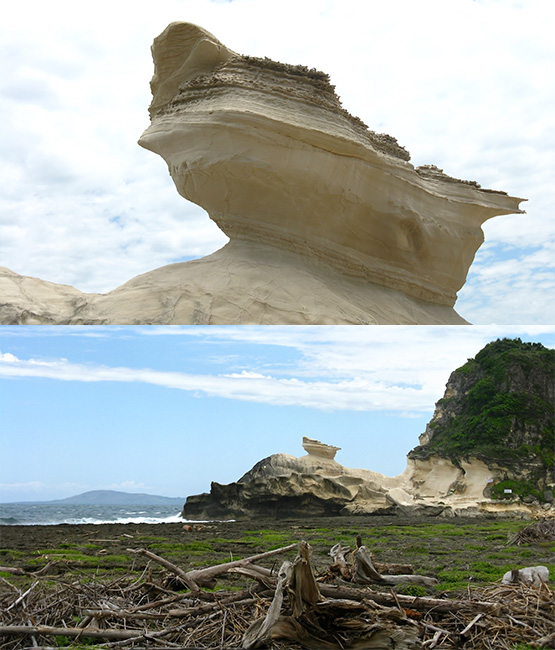
8. Bangui Windmills
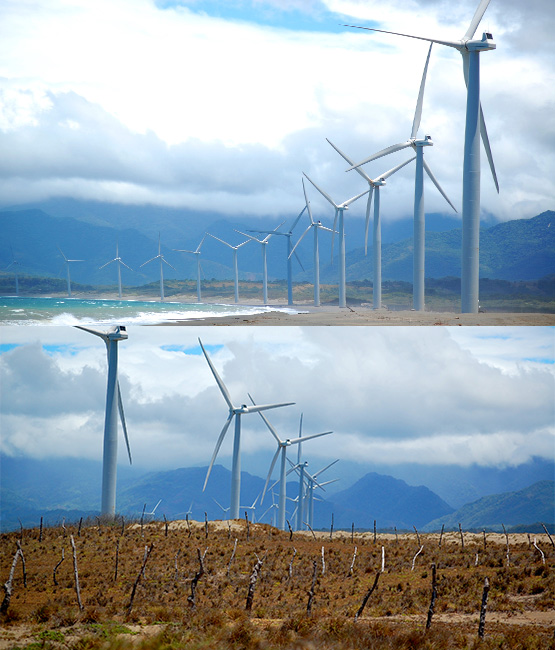
9. Manila City Hall
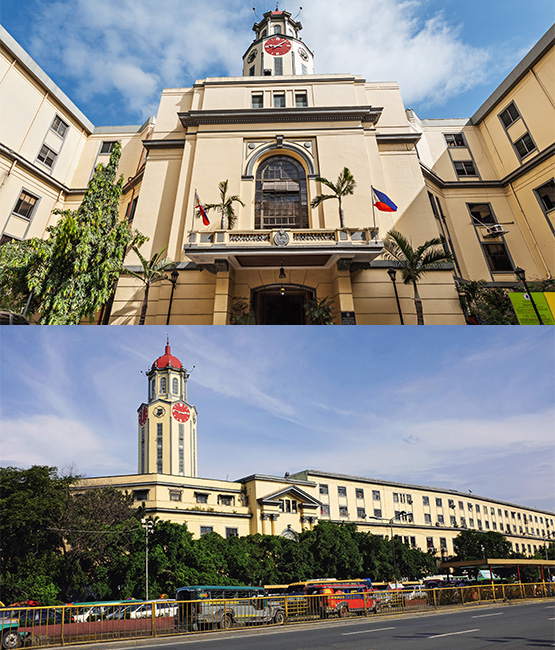
10. Quezon Memorial Circle
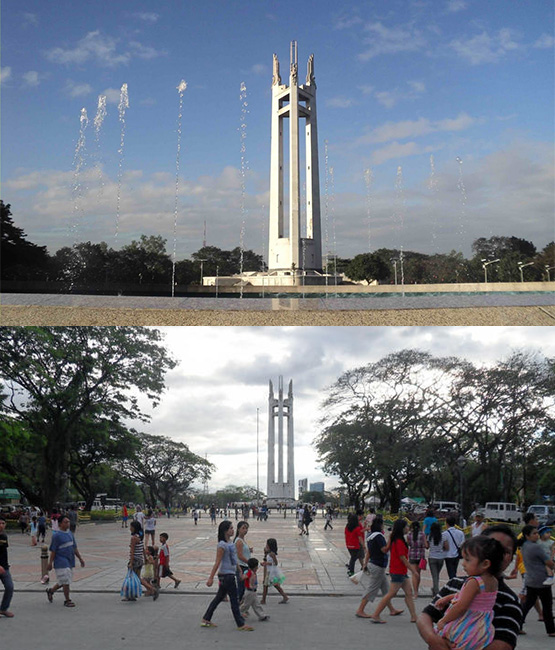
11. Chocolate Hills

The Truth About Pictures
The situation with these landmarks is identical to what happens in real estate. Just like postcards, brokers or agents will give a very small, and oftentimes, controlled view of the world you would be living in via the properties they are selling. These will come in the form of either snapshots or artist’s renderings of your supposed future home in a glossy brochure, or, at most, a 3D architectural model of the development where your home will be located in a Powerpoint presentation or a poster.
Yet your home comes down to so much more than the building it’s housed in or even the development it’s a part of. Your home is your community. Your home is your township. Your home is your city.
Our little exercise above emphasizes how you, as a homebuyer, should look at properties when shopping for your future home. To find out what your surroundings are like and how they will affect your future lifestyle, you need to be detail-oriented and go beyond the information that your broker provides you.
If you’re serious about getting the home (and the community) that you want, you can walk around the neighborhood to get a feel for what the area is like, or take a virtual 360° tour from a trusted website. If a building is already RFO, you can ask current residents what they like and don’t like about living there, or check out online reviews from property scouts who actually have visited the place.
You should also do research online, or explore property pages, like this one for Taguig, to see what people are saying about a particular project.
Point being, if you want a great home, you’ll have to put in a great amount of work.










